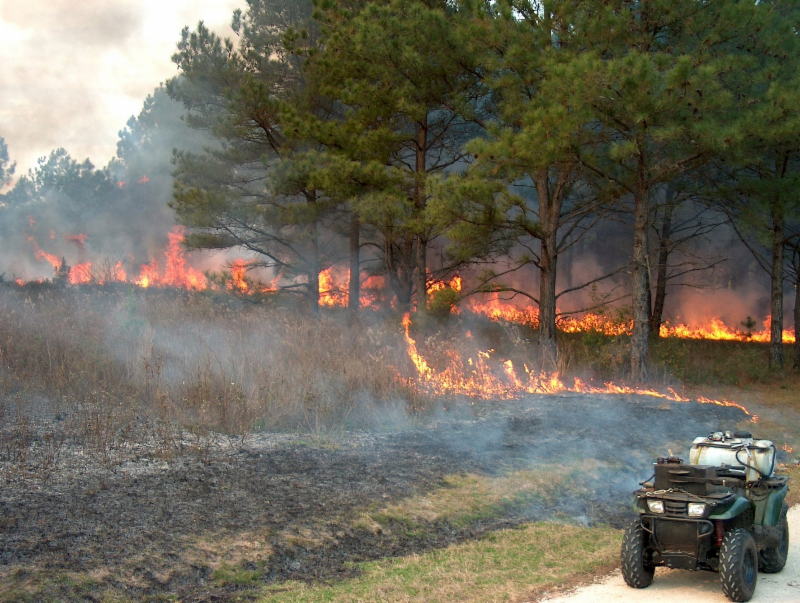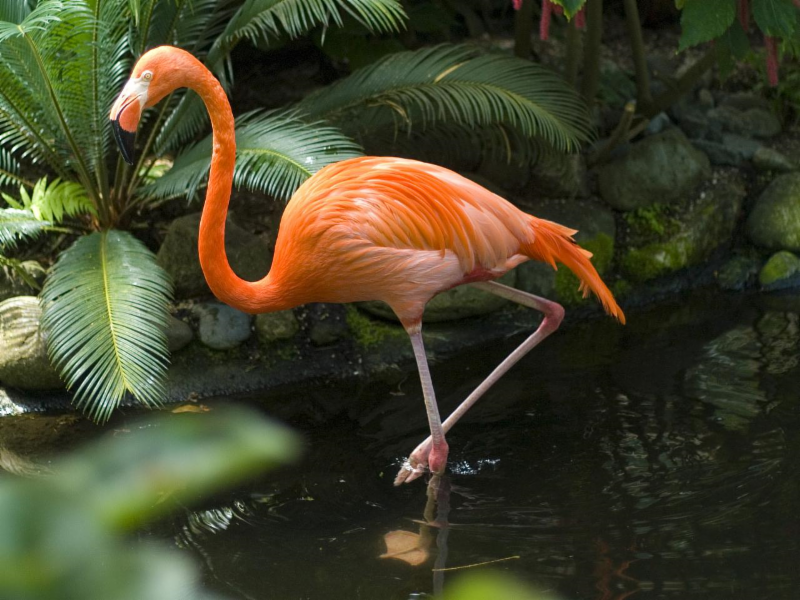 |
|
McGraw Team Visits Canada to Assess Habitat
McGraw photo by Stan Gehrt
In mid-May, a team from the McGraw Center for Conservation Leadership visited the Prairie Pothole Region in southern Manitoba to assess the impact of U.S. taxpayer dollars delivered to Canada via the North American Wetlands Conservation Act, or NAWCA.
The area, west of Winnipeg, is ground zero for nesting canvasback ducks, as well as a healthy proportion of the continent's mallards and blue-winged teal. It also is home to the famed Delta Marsh and the Delta Waterfowl Research Station, perhaps the most important scientific facility for the study of waterfowl.
Charlie Potter, president and CEO of the Max McGraw Wildlife Foundation and the Center for Conservation Leadership, led the trip. Others included Dr. Stan Gehrt, director of McGraw's Center for Wildlife Research and a professor at The Ohio State University, and former Ohio State graduate student Dr. Jennifer Malpass, who are conducting
a NAWCA study for the Center.
The study aims to provide a better way forward for the millions of dollars that are spent to conserve wetlands and provide waterfowl habitat.
|
|

Fire Can Be the Best Thing to Happen to Florida's Forests
By NRCS
Photo by Florida Fish and Wildlife/flickr
Drought has been making news in Florida, fueling more than 2,100 wildfires burning 170,000 acres since the start of the year according to the
Florida Forest Service
.
And with up to a 12-inch rain deficit throughout the state and temperatures predicted to continue above normal, relief may not be in sight even if the rainy season begins soon, according to the
National Weather Service
.
But Brian Bickel from Lake City, Fla. isn't concerned, even though his 150-acre forest in north central Florida is 50-miles southwest of the West Mims Fire that has been burning since the first week of April. "I am not worried at all. I finished my last prescribed burn in September--all the undergrowth is gone and it looks wonderful," he said.
Florida's forests are fire-dependent, and prescribed burning eliminates the woody under story that serves as ladder fuel for wildfires if left unburned. They need to be burned about every three years to maintain the proper balance and diversity of vegetation for forest health and wildlife habitat. The difference between a prescribed burn and wildfire is control.
|

Mapping 50 Years of Ice Loss in Glacier National Park
By Nadia Popovich/The New York Times
Photo by Cody Wellons/flickr
Glacier National Park is losing its glaciers.
The flowing sheets of ice scattered throughout the Montana park shrank by more than a third between 1966 and 2015, according to
new data from the United States Geological Survey and Portland State University in Oregon.
Using aerial and satellite imagery, researchers traced the footprints of 39 named glaciers in the park and surrounding national forest. They found that 10 had lost more than half their area over 50 years.
"One of the reasons we study glaciers is because they have a simple, visual and easily understood response to climate," said Daniel Fagre, a U.S.G.S. research ecologist who led the study. "If it gets warmer or if they get less snow, they shrink."
Glacier National Park's eponymous ice formations have been around for more than 7,000 years, and have survived warmer and cooler periods. But they have been shrinking rapidly since the late 1800s, when North America emerged from the "Little Ice Age," a period of regionally colder, snowier weather that lasted for roughly 400 years. (At its founding in 1910, the park had at least 150 glaciers, most of which are now gone.)
|
Moratorium on Soy Helps Slow Deforestation in Brazil
By Emma Bryce/Anthropocene
Photo by Tambako The Jaguar/flickr
For such a tiny bean, soy has done a huge amount of damage, destroying untold hectares of South American rainforest over the decades. In the mid-2000s the situation became so dire that the soy industry brought in the
Soy Moratorium
. This ambitious policy is designed to stop companies from buying soy grown on land that was newly deforested in Brazil after 2006. Now
a PLOS One study
, led by University of Kansas researchers, shows that despite lurking skepticism, the moratorium appears to have worked, bringing about reduced deforestation rates in one of the Amazon's most intensively-farmed states.
Called Mato Grosso, this Brazilian state produces 85 percent of the Amazon's soy. But it's also defined by its wetlands, grassy cerrado plains, and, mostly, its dense rainforest, making it the ideal place to examine the moratorium's regional impact.
For the study, researchers looked at landscape-level changes, pre-moratorium (2000 to 2006) and post-moratorium (2007 to 2014). They relied on existing high-resolution satellite datasets that imaged Mato Grosso's land cover for this 14-year period, and precisely identified soybean crop cover and density. That was paired with regional deforestation data. The researchers also carried out hundreds of surveys with Mato Grosso farmers to find out about their present and historical land use: that provided a ground reference to accompany the satellite data.
Under analysis, these combined data revealed a noticeable plunge in deforestation soon after the 2006 moratorium took effect-much larger than had been previously recognized.
|

Why Do Flamingos Stand on One Leg? Because They Can
By Joanna Klein/The New York Times
Photo by David Lewis/flickr
Squat down as if you're going to sit in a chair. Make sure to keep your back straight, use your hips as a hinge and push your butt backward. Try not to lean forward. Maintain your knees and ankles at 90-degree angles. Now try it on just one leg, and then swap that one with the other. To make it even harder, stand on a foam mat - and close your eyes.
You may feel your body wobbling, or you may fall over. If only you were a flamingo.
Flamingos can stand on one leg for a really long time. They even do it while sleeping. And according to a
study
published in Biology Letters, flamingos may not even need to use their muscles for the task.
"It's not tiring for them to stand on one leg and they can achieve it with very little effort," said
Lena Ting
, a biomedical engineer at Emory University and the Georgia Institute of Technology who co-led the study. "It might even be easier for them to stand on one leg than to stand on two."
|
|
|
|
|
|